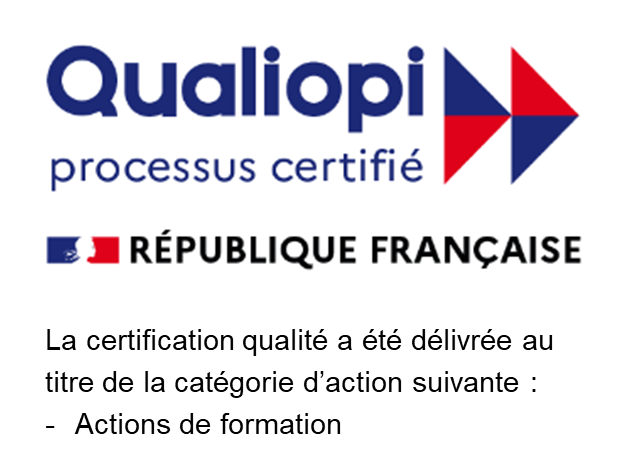UTILIZING CULTURAL AGILITY TO COMBAT QUIET QUITTING

In the last few years, many global teams were faced with technological and psychological challenges. The associated stress, among other things, partially led to the new phenomenon of ‘quiet quitting’.
Quiet quitting is about staying on a payroll but not being emotionally or intellectually engaged, feeling demotivated and doing the bare minimum. According to Gallup (2022)1, ‘quiet quitters’ make up at least 50% of the US workforce. Quiet quitting can lead to a gradually decreasing self-confidence and a sense of purpose amongst employees, it has a negative impact on customer service, and has been estimated to cost an organization up to 34% of the employee’s salary (PM Insight, 2022)2.
Among these challenges one thing remains constant – the need for cultural agility. Developing cultural agility will require a particular focus on cultural well-being, empathy and curiosity. Cultural well-being is the ability to work effectively across boundaries while feeling grounded in your awareness and approach. It includes our sense of connection, belonging, and engagement. This is the exact opposite of quiet quitting.
Cultural empathy is the ability to identify with the feelings, thoughts and behavior of individuals from different cultural backgrounds. Attitudes towards workplace engagement and motivation differ across cultures. Leaders who understand this, will be able to adequately support their employees.
Cultural curiosity is the ability to stay open-minded and non-judgmental when dealing with ‘quite quitting’. It enables you to ask the right questions and assume the role of a coach who motivates and leads an international team towards growth.
As your move forward with bold plans for the year, let’s keep cultural agility at the forefront of your mind. It may just be the key to your greater success.
Share this post














